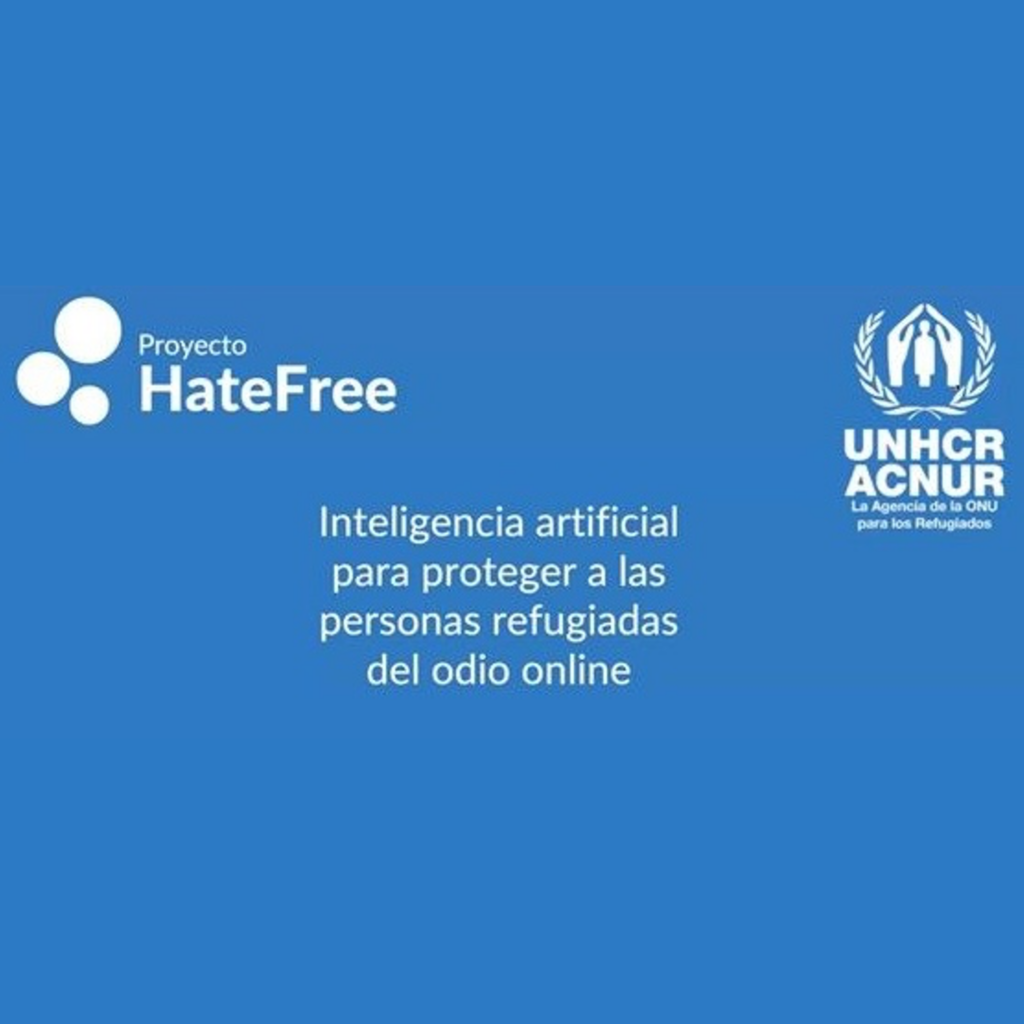MULTILINGUALISM: A CORNERSTONE OF EUROPEAN INTEGRATION
As a multilingual, my knowledge transfer activities are deeply rooted in my personal daily experience navigating diverse linguistic and cultural landscapes. To me, the world is a place where language serves as a bridge rather than a barrier. I believe that multilingualism is not only a personal asset but also a fundamental driver of European integration, fostering understanding, cooperation, and unity across the EU. Drawing on my own multilingual proficiency, I am convinced of the cognitive, cultural, and social benefits of embracing multiple languages. With this conviction, I have designed and led projects and workshops, developed educational tools, and collaborated with the European Commission to embed multilingual approaches into educational and professional settings. Through these efforts, my mission is to transfer the concept of multilingualism as a cornerstone of EU integration, inspiring individuals and communities to see linguistic diversity as a source of strength, creativity, and cohesion in building a more united Europe.
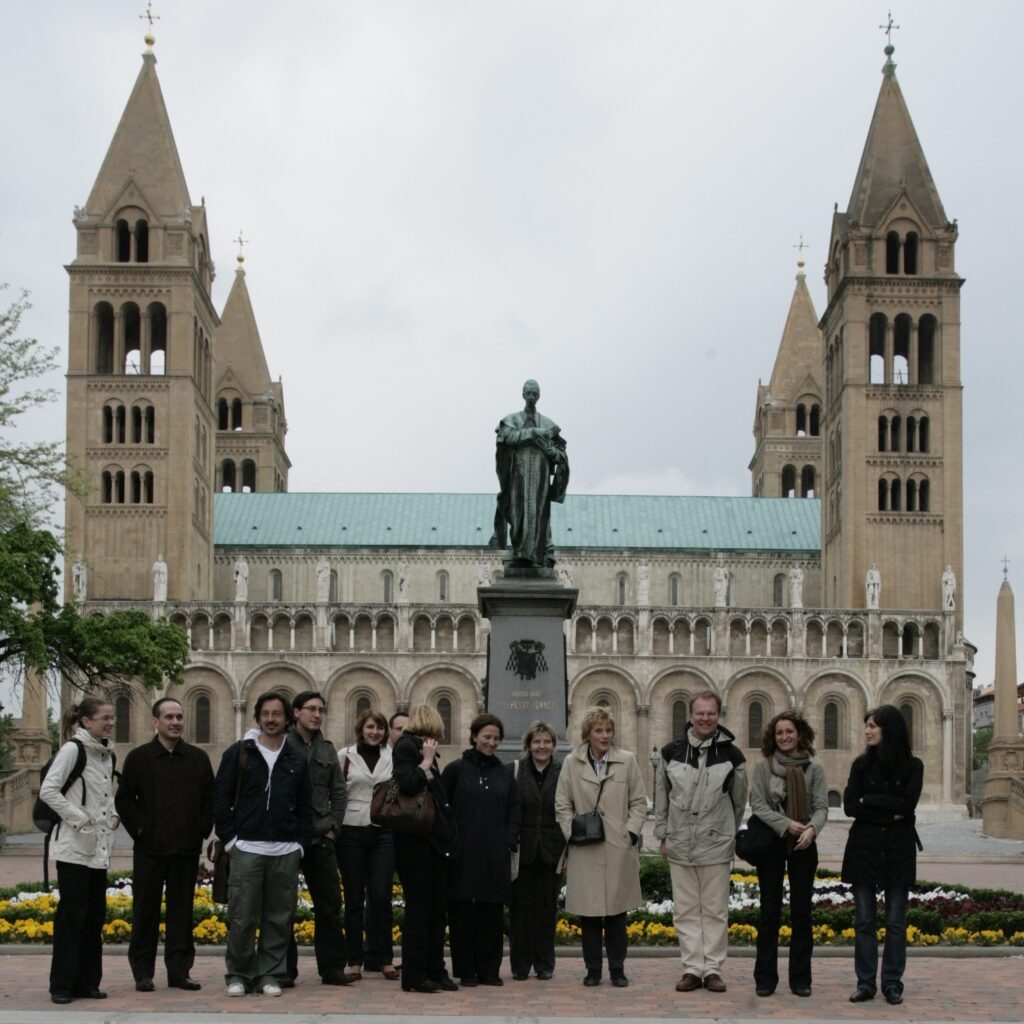
Jean Monnet Module UNILING: United in Linguistic Diversity
(Erasmus+ Project 101085342)
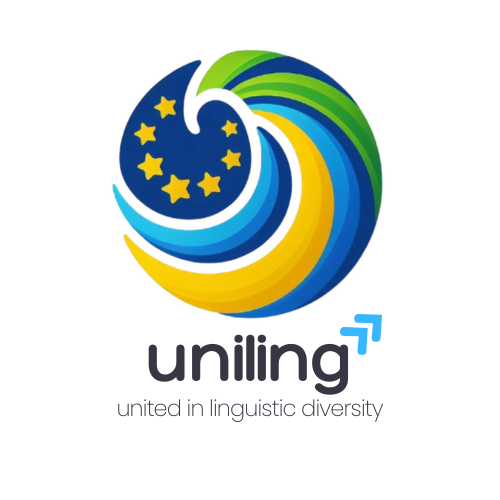
In this Jean Monnet module (2022-2025), I facilitated knowledge transfer on multilingualism as a key driver of European integration, showcasing how linguistic diversity fosters cohesion and unity. Through a series of activities held during 2023–2025, I aimed to share insights on how multilingualism preserves cultural identities while enhancing mutual understanding and cross-border collaboration across Europe. This knowledge transfer initiative emphasized the critical role of language in promoting mobility, inclusivity, and democratic participation. It envisioned Europe as a vibrant, multilingual community where language serves as a bridge, strengthening the bonds and shared values among its citizens.
Jean Monnet Chair FELICE: Feeling Europe: Languages, Identitites, and Collective Emotions in the European Union
(Erasmus+ Project 608747-EPP-1-ES-EPPJMO-CHAIR)
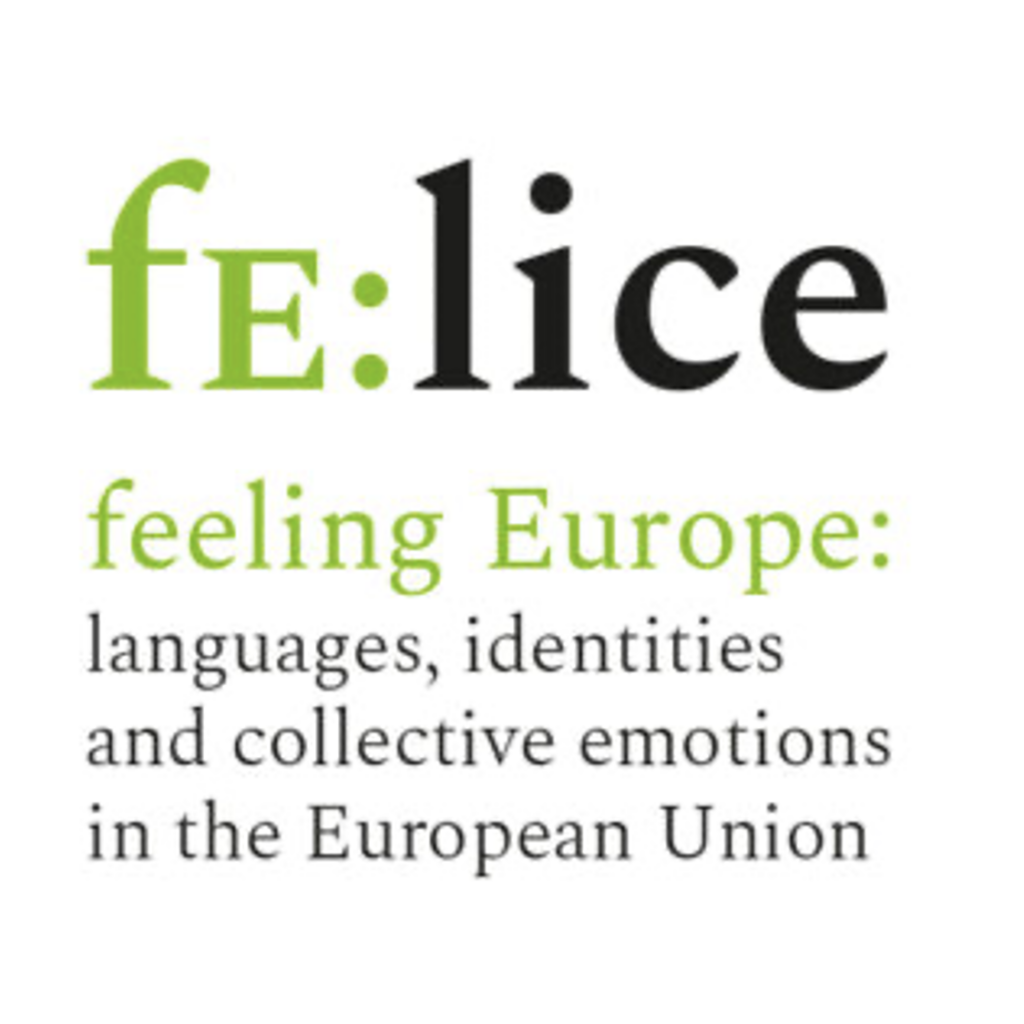
In this Jean Monnet Chair (2019-2022), I facilitated knowledge transfer on Europeanism as an emotion and the European Union as an emotional community, examining how shared feelings and identities underpin European integration. Through activities held during 2020–2023, I sought to share insights on how emotional bonds, alongside cultural and linguistic diversity, contribute to fostering cohesion and unity across Europe. These activities highlighted the role of shared emotions in cultivating a sense of belonging and solidarity within the EU. It envisioned Europe as a multilingual and multicultural emotional community, where connections are deepened by common values and a shared vision for the future.
Jean Monnet Module MIDLE: EU Multilingualism, Intercultural Dialogue, and Laguage Education
(Erasmus+ Project 562068-EPP-1-2015-1-ES-EPPJMO-MODULE)
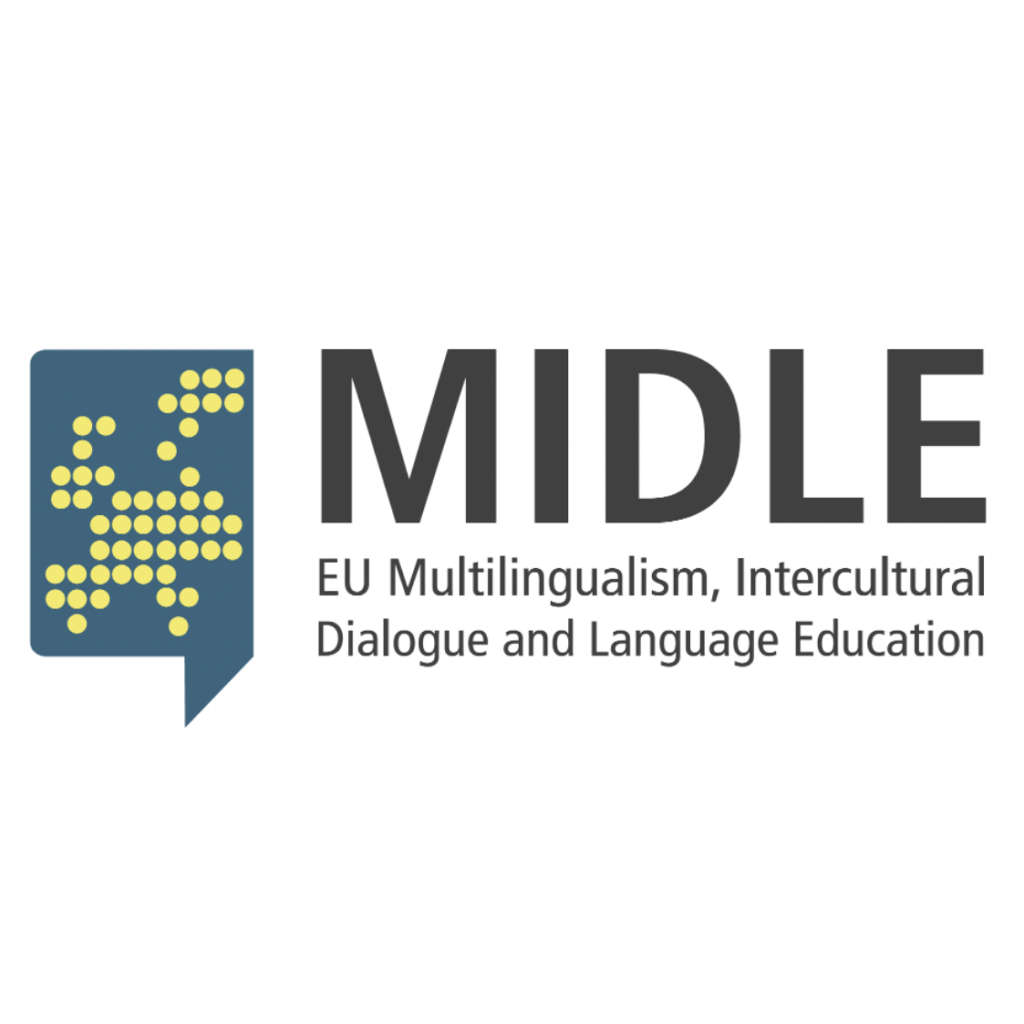
In this Jean Monet module (2015-2018), I used my expertise in linguistics to foster cross-cultural understanding and effective communication in the EU. This initiative aimed to promote language learning as a tool for bridging cultural divides, enhancing social cohesion, and supporting educational equity. By contributing to curriculum design and multilingual resource development, I facilitated the integration of diverse linguistic perspectives, empowering learners to navigate multicultural environments and engage in meaningful dialogue. This work underscored the transformative potential of language education in building inclusive, interconnected communities.
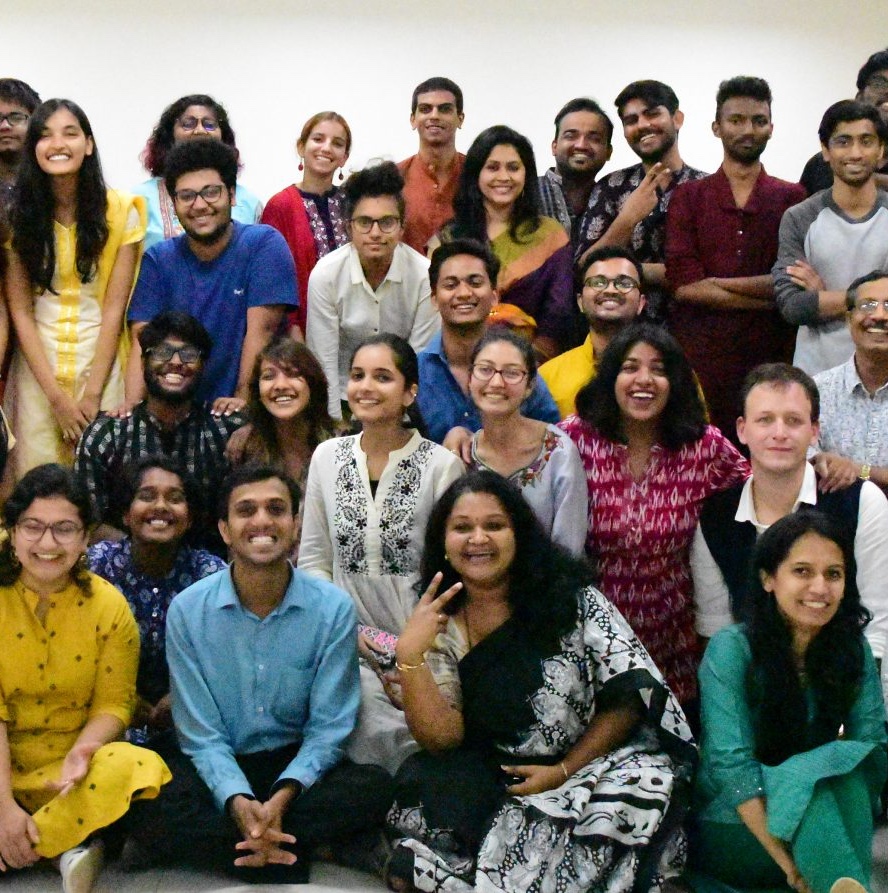
PROMOTING MINORITY, ENDANGERED, AND IMMIGRANT LANGUAGES
In collaboration with linguists, educators, and local communities, I am deeply involved in efforts to promote and revitalize minority and endangered languages. This work involves creating comprehensive resources such as learning materials and language guides that help ensure these languages remain accessible to future generations. Additionally, I focus on recording oral histories and traditional narratives, capturing the rich cultural and historical knowledge embedded in these languages. By actively working with native speakers and community members, I strive to maintain the vitality of these languages, not just as linguistic entities but as crucial components of our cultural heritage.
Centre for Content and Language Integrated Learning (CLIL@India)
(EACEA Project 573884-EPP-1-2016-1-IN-EPPKA2-CBHE-JP)
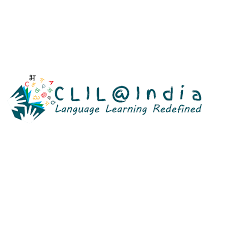
As a cooperator in the CLIL@India project (2016-2019), I contributed to an innovative effort to promote multilingual education in India by integrating local languages like Hindi, Punjabi, Marathi, Kannada, and Tamil with the aspirational value of English. Through the development of training materials, satellite centers, and an open-access web portal, the project empowered educators to bridge the gap between cultural preservation and global economic opportunities. By adapting the European CLIL methodology to India’s unique linguistic landscape, the initiative played a vital role in strengthening the role of local languages in education while fostering inclusivity and linguistic heritage.
AMICITIAS: Ambient Intelligence as a Compelling Instructional Tool for Interlinguistic and Intercultural Skills
(EACEA Project 135122-LLP-1-2007-1-ES-KA2-KA2MP)
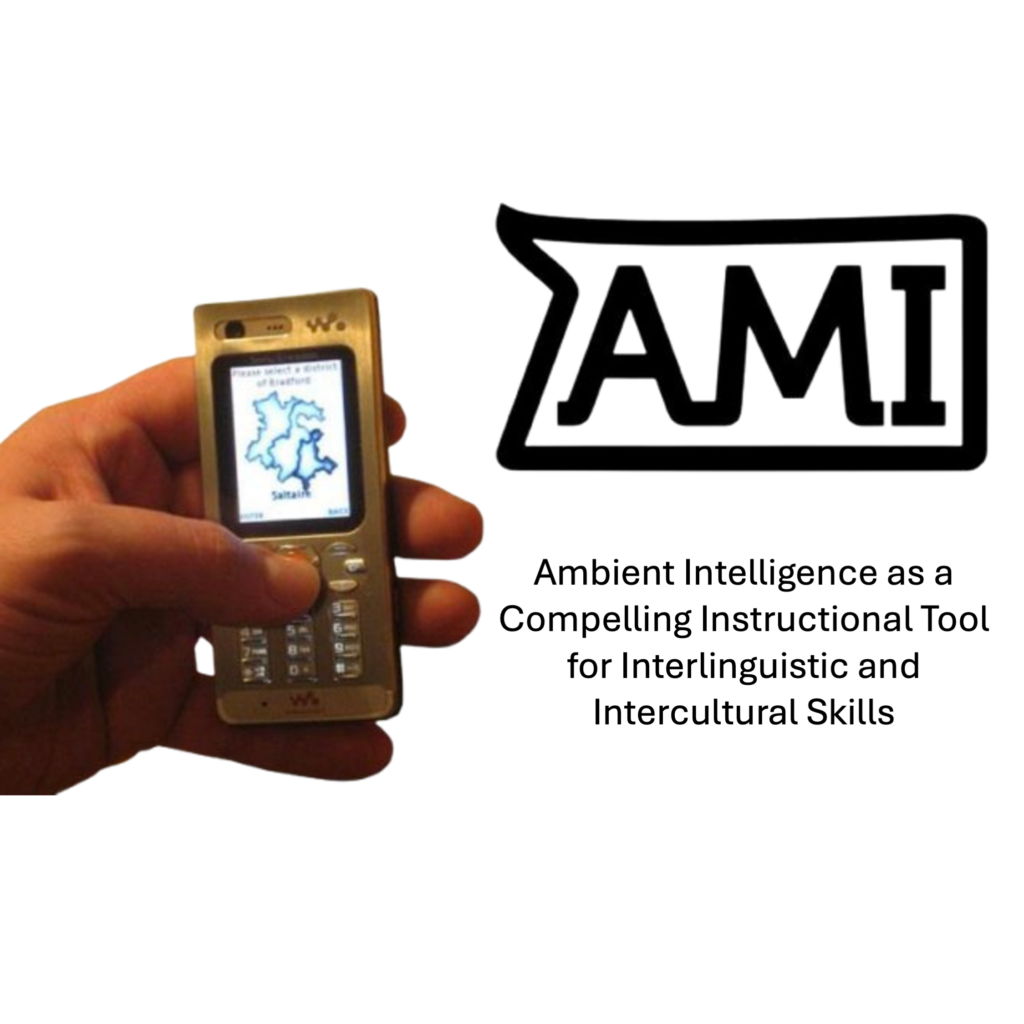
As the leader of the AMICITIAS project (2008-2010), I worked on an innovative initiative that celebrated linguistic and cultural diversity by incorporating minority and endangered languages, such as Irish, Sicilian, and Sardinian, alongside immigrant languages like Hindi and Arabic, into the creation of mobile video games. My role involved collaborating with a multidisciplinary team to design engaging, language-inclusive games that promoted learning and cross-cultural appreciation. This project not only highlighted the value of these languages in digital spaces but also demonstrated the potential of creative technologies to preserve linguistic heritage and empower diverse communities through education and entertainment.
EUROPODIANS: Language Courses for Mobile Technologies
(EACEA 227048-CP-1-2006-ES-LINGUA-LP)

As the leader of the EUROPODIANS project (2006-2008), I had the privilege of guiding a dynamic initiative centered on fostering European identity through multilingualism, cultural exchange, and collaborative learning. My role involved coordinating a big international team (15 countries, 70 members), developing innovative educational materials for EU minority languages (such as Maltese, Estonian, and Danish), and organizing intercultural events that engaged participants across Europe. By promoting linguistic diversity and shared cultural heritage, I aimed to strengthen connections between young Europeans, encouraging them to embrace their multilingual capabilities as a bridge to mutual understanding and cooperation.
LEVERAGING LINGUISTIC EXPERTISE TO SUPPORT HUMAN RIGHTS
Using my expertise in linguistics, I collaborate with international agencies to address pressing human rights issues through a linguistic lens. These activities involve applying linguistic knowledge to design policies that protect vulnerable communities, developing educational resources that empower marginalized groups, and advocating for linguistic equity as a foundation for social justice. By emphasizing the role of language in fostering inclusion and combating discrimination, I contribute to global efforts to uphold human rights, preserve cultural identities, and build bridges across diverse communities.

As a volunteer with the HateFree project supported by UNHCR, I have applied my expertise on linguistics and emotions to the development of the HateFree tool, designed to counteract hate speech against refugees and promote inclusivity. Drawing on my linguistic and intercultural knowledge, I contributed to refining the tool’s ability to detect and address harmful language effectively, ensuring it serves as a robust resource in fostering empathy and understanding. My involvement aimed to support UNHCR’s mission of advocating for refugee rights and combating discrimination in both digital and social spaces.
Translation of INTERPOL reports on human trafficking in the EU

I have collaborated with the regional government of Castilla-La Mancha to translate INTERPOL reports on human trafficking in Europe. This knowledge transfer project utilized my linguistic expertise to accurately convey complex legal and law enforcement terminology, bridging global intelligence with local policymaking. The translations enabled regional authorities to design effective strategies addressing these pressing issues, highlighting the critical role of language skills in facilitating informed decision-making and driving societal impact.

BRIDGING CULTURES THROUGH LITERARY TRANSLATION
Through the translation of literary works across languages, I aim to amplify marginalized voices and facilitate cross-cultural dialogue. Translation is not merely a linguistic exercise but a bridge that connects diverse perspectives, bringing stories from underrepresented backgrounds to broader audiences. This work enriches global literature, offering readers a chance to engage with the experiences, traditions, and emotions of distant cultures, and fostering empathy and mutual understanding across linguistic and cultural divides. My translations into Spanish span a wide range of languages, genres, and historical periods, from Icelandic sagas to Yiddish literature. By bringing such diverse narratives to light, I contribute to a shared global literary heritage, ensuring that voices from different times and places continue to resonate in the present.
El Caballero Gabein (Spanish translation of the Yiddish Riter Gabein; 15th century). Translated and edited in collaboration with Teodoro Manrique-Antón.
Ermeneus 26, Universidad de Valladolid, 2024 (ISSN 2530-609X)
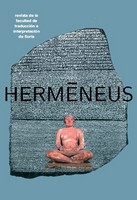
This ttranslation of the Yiddish romance Riter Gabein into Spanish brings to life a fascinating medieval narrative that blends the chivalric traditions of Western Europe with the unique cultural and linguistic context of Ashkenazi Jewry. This work, a rare example of Yiddish secular literature from the medieval period, reimagines the adventures of Sir Gawain, a knight of King Arthur’s court, through the lens of Jewish storytelling traditions. By making Riter Gabein accessible to Spanish-speaking readers, this translation not only preserves a literary gem but also highlights the rich cultural exchanges that shaped Jewish and European identities in the Middle Ages.
Saga de los vikingos de Jóm (Spanish translation of the Icelandic Jómsvíkinga saga; 13th century). Translated and edited in collaboration with Teodoro Manrique-Antón.
Alianza Editorial, Madrid, 2022 (ISBN 978-84-1362-752-6)
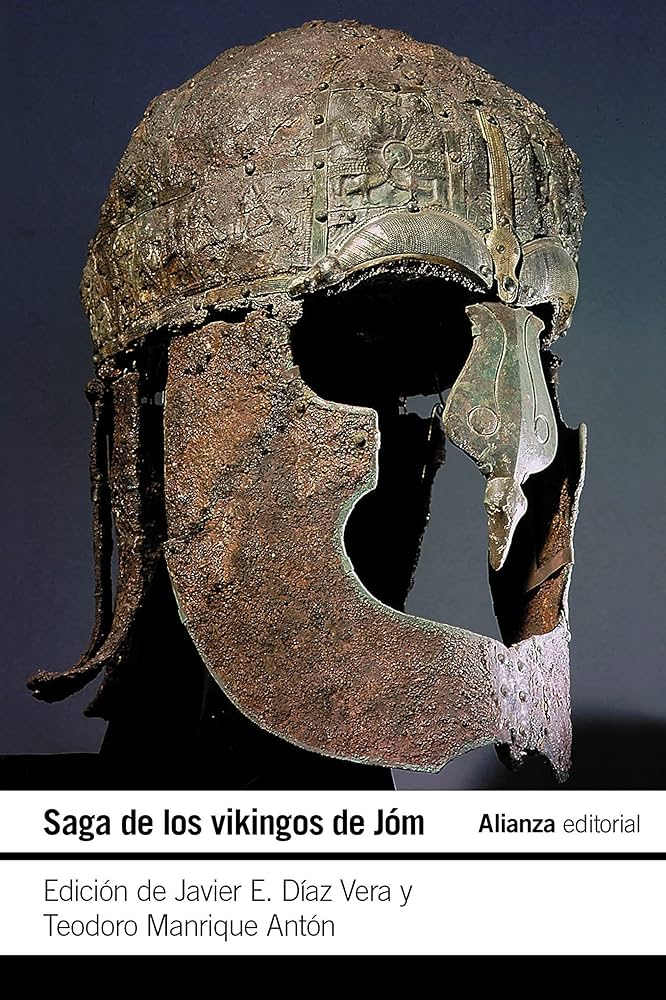
This is the first Spanish translation of the dramatic and action-packed account of the legendary Jomsvikings—a brotherhood of elite warriors bound by a strict code of honour. In collaboration with Teodoro Manrique-Antón, we have worked to capture the saga’s vivid depictions of fierce battles, political intrigue, and the tensions between loyalty and ambition. This saga, set in a world of shifting alliances and larger-than-life figures, offers unique insights into the Viking Age, blending historical elements with mythic grandeur. Our annotated edition provides the context needed to appreciate its enduring appeal and cultural significance.
Saga de Ragnarr Lodbrók (Spanish translation of the Icelandic Ragnars saga loðbrókar; 14th century)
Alianza Editorial, Madrid, 2021 (ISBN 978-84-1362-173-9)
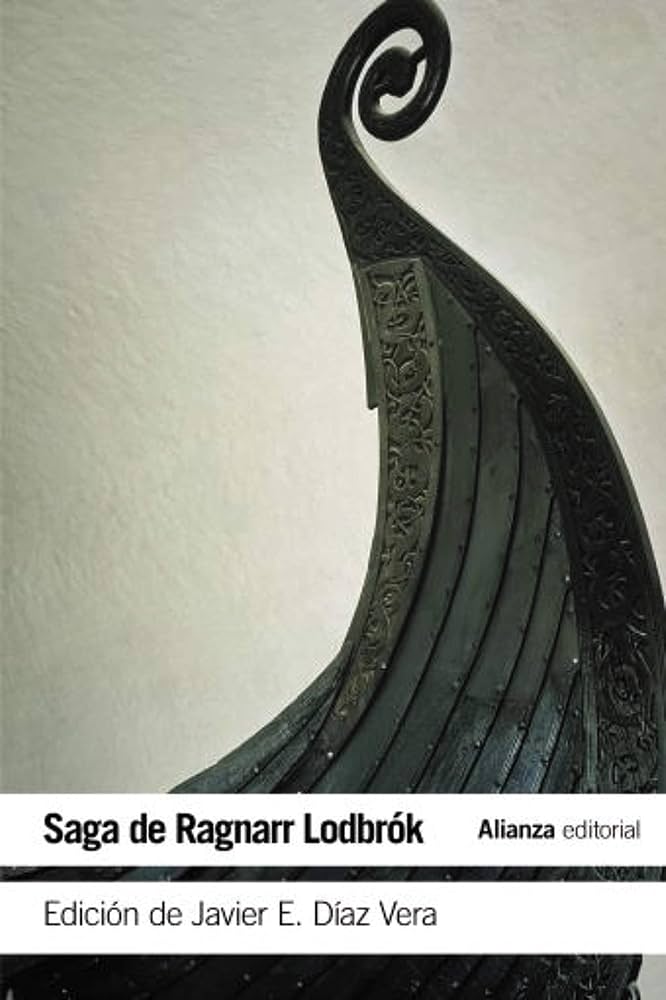
This collection of texts narrates the life and legacy of the semi-legendary Viking hero Ragnarr Lodbrok. The volume includes the Saga of Ragnarr—the most comprehensive account of the figure—as well as complementary texts such as the Fragments of a Saga about the Ancient Kings, the List of Swedish Kings, the Tale of Ragnarr’s Sons, and the Sayings of Kráka. Written in a Christianized Scandinavia, these texts retain striking traces of pre-Christian Nordic society, where familial bonds, honor, and the right to vengeance dominated the social structure, unmediated by Church influence. This edition, enriched with annotations and historical context, includes a prologue by Teodoro Manrique-Antón, allowing readers to explore the enduring mythology of Ragnarr Lodbrok and the worldview shaped by ancient Norse myths and values.
Saga de los Volsungos (Spanish translation of the Icelandic Völsunga saga; 13th century)
Alianza Editorial, Madrid, 2019 (ISBN 978-84-9181-615-7)
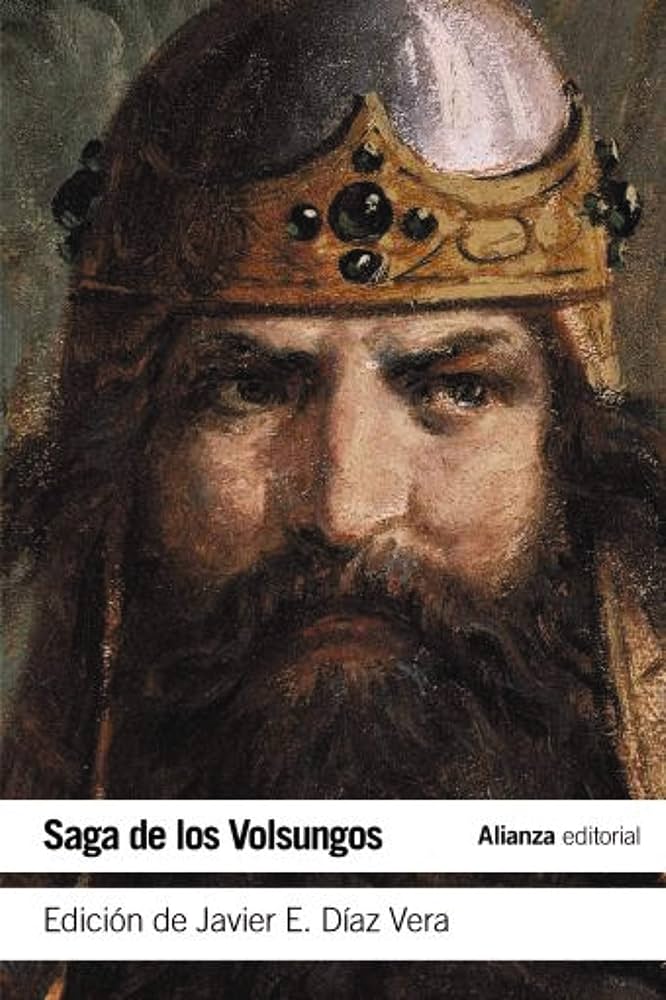
This is a revised version of my 1999 translation of this cornerstone of Old Norse literature, a legendary saga that primarily recounts the feats and adventures of Sigurdr—the Sigfrido of Germanic tradition. Composed in the 13th century, centuries after Scandinavia’s conversion to Christianity, the saga provides a rare glimpse into the pre-Christian roots of the legend later immortalized in The Nibelungenlied. This work offers an unfiltered view of the pagan, tribal, and magical culture in which the original oral epic emerged, dating back to the Migration Period of the Germanic peoples. As part of a collection that includes the Edda Minor by Snorri, the Edda Major, Beowulf and Other Anglo-Saxon Poems, and Norse Mythology by Enrique Bernárdez, this saga invites contemporary readers to explore the ancient worldview that shaped one of the most enduring legends of the Germanic world.
Saga de las Islas Orcadas (Spanish translation of the Icelandic Orkneyinga saga; 13th century)
Editorial Minotauro, Barcelona, 1999 (ISBN 978-84-4507-3155)
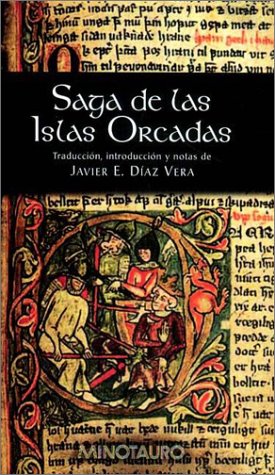
The first translation into Spanish of the Orkeyinga saga, this work brings this fascinating narrative of the Orkney Islands’ Viking past to a wider audience. This saga, a blend of history and legend, recounts the exploits, feuds, and alliances of the jarls who ruled the islands, offering a vivid depiction of Norse culture in the North Atlantic during the medieval period. Composed in the 13th century, the saga captures the tensions between the pagan traditions of the Viking Age and the growing influence of Christianity. Through this translation, I aimed to preserve the saga’s rich storytelling and historical value, providing readers with access to one of the most compelling accounts of the Norse world’s expansion and its enduring impact on the Orkneys.
Saga de los Volsungos (Spanish translation of the Icelandic Völsunga saga; 13th century)
Editorial Gredos, Madrid, 1998 (ISBN 978-84-2491-9795)
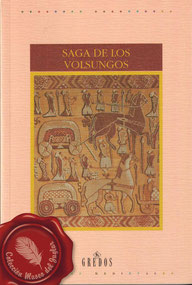
The first translation into Spanish of the Völsunga saga, an essential reading that chronicles the legendary exploits of Sigurdr and provides unparalleled insight into the values, beliefs, and mythology of pre-Christian Norse society. Written in the 13th century but rooted in much older oral traditions, the saga serves as a bridge between historical memory and mythic storytelling. This translation aims to make this timeless tale accessible to modern audiences, inviting them to explore the cultural imagination of medieval Scandinavia.
